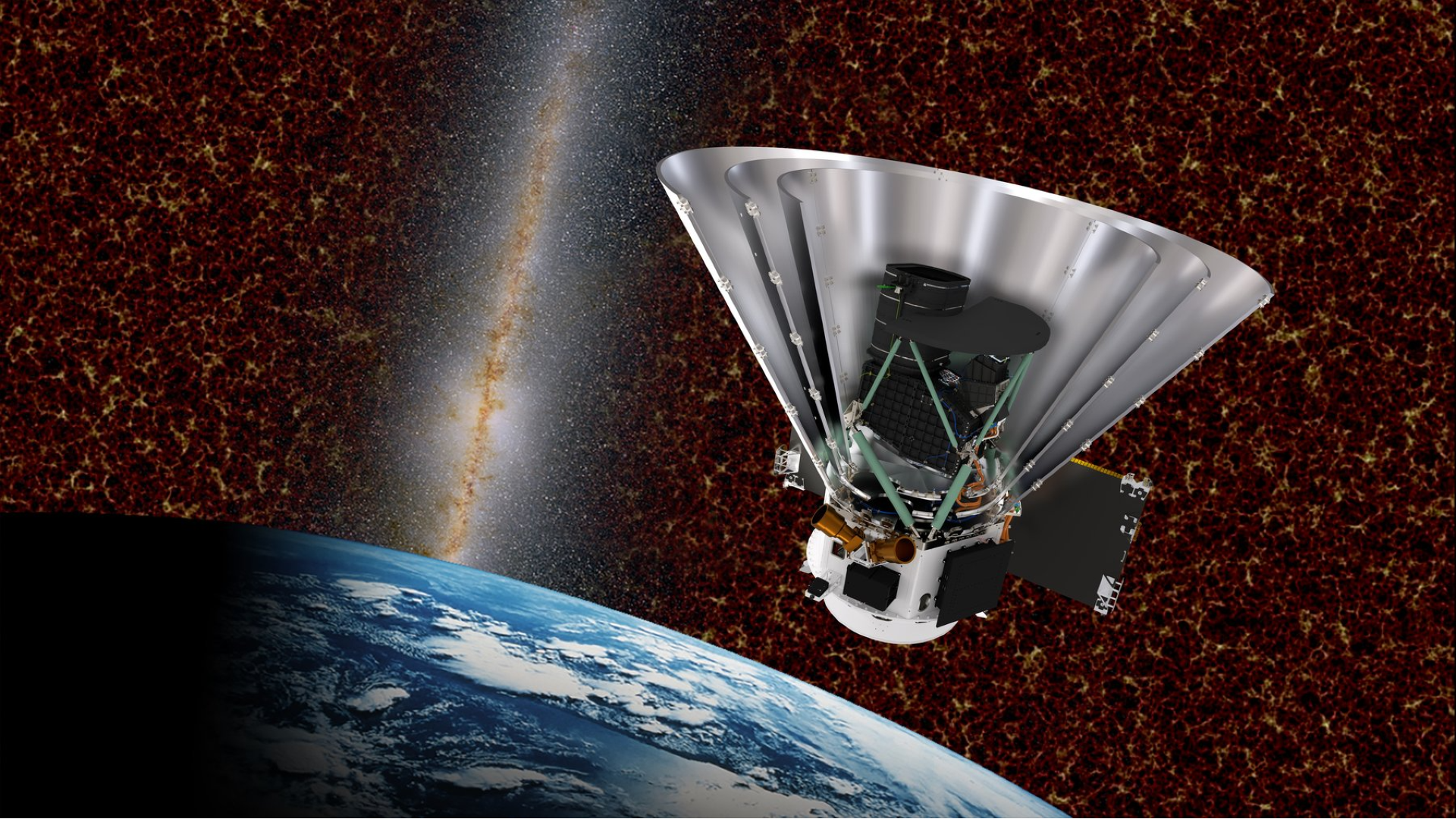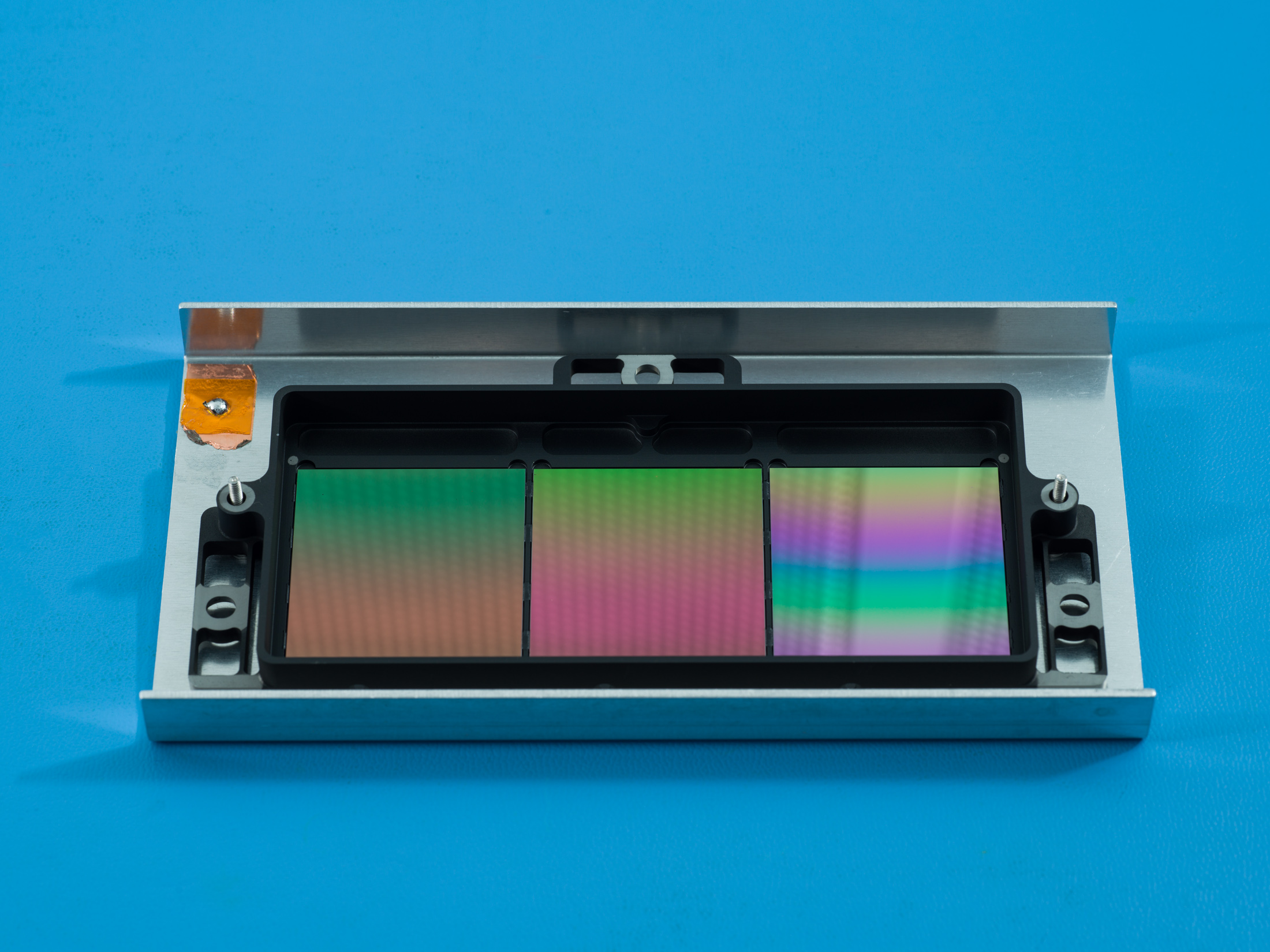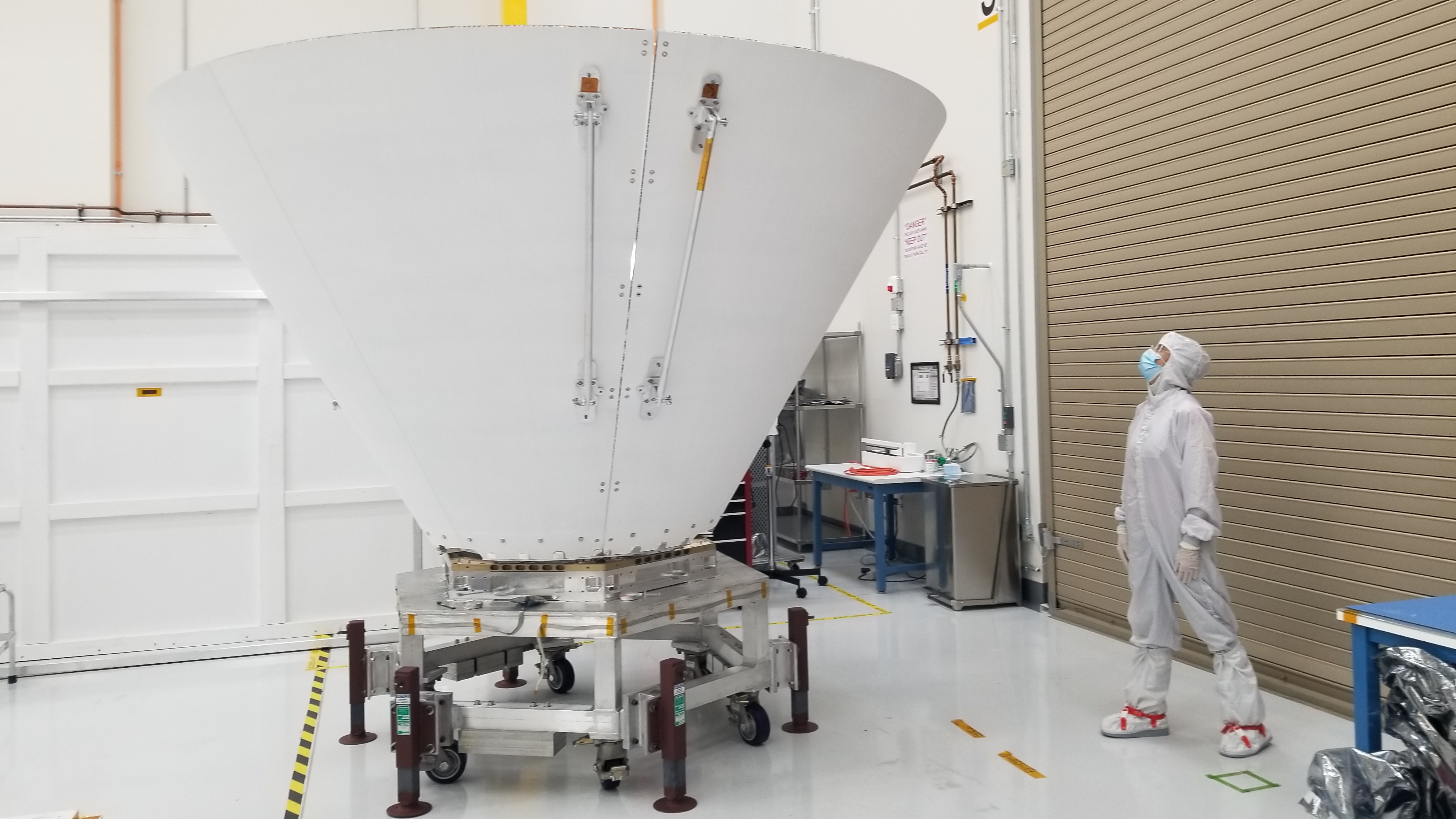NASA's SPHEREx mission aims to map 450 million galaxies and 100 million stars
450 million galaxies and 100 million stars are to be mapped in unprecedented detail.

A new extraordinary NASA mission aims to map the sky in unprecedented detail and color.
Construction has started on SPHEREx, a new space-based observatory that will map over 450 million galaxies in addition to 100 million stars in our own galaxy, across 96 color bands in the infrared range of the electromagnetic spectrum. Over its planned two-year lifetime, SPHEREx will map the entire sky, producing two maps a year, according to NASA's Jet Propulsion Laboratory (JPL).
Scientists at JPL have been assembling the telescope in recent months, joining its various components together into its final form. "NASA's SPHEREx space telescope is beginning to look much like it will when it arrives in Earth orbit and starts mapping the entire sky," according to a JPL statement.
The observatory's three science missions of looking at three main periods of the lifetime of the universe are reflected in SPHEREx's full name - Specto-Photometer for the History of the Universe, Epoch of Reionization, and Ices Explorer.
Related: SpaceX secures contract to launch NASA's SPHEREx astrophysics mission
In the nearby universe, it will search for evidence of water and other molecules, like carbon monoxide, in disks around forming stars within our galaxy, according to Caltech. These molecules, necessary for the origin of life as we know it, would exist as ices within these systems.
Farther out in the very distant universe, SPHEREx will study when star and galaxy formation first began and the Epoch of Reionization – a time when the first stars and galaxies emitted enough energy to ionize every hydrogen atom in the universe. It will look at the collective light of these first galaxies in an attempt to understand how galaxy formation began and how it changed over time.
Breaking space news, the latest updates on rocket launches, skywatching events and more!
And in the infant universe, SPHEREx will attempt to understand inflation, or how the universe expanded exponentially in the first fraction of a second after its birth. SPHEREx will measure the imprint of inflation on the positions of galaxies and matter.

Some, however, may think this telescope looks a bit odd. Its cone shape looks more like something you may find around a dog's head after going to the vet. But Beth Fabinsky, the Deputy Project Manager of SPHEREx proudly points out, "These aren't cones of shame. They're SPHEREx's cones of fame!"

The cones serve a very important purpose – to shield the telescope from heat, or infrared radiation. SPHEREx's main telescope is shielded by three nested cones. Without this shielding, SPHEREx would be blinded by heat from Earth, the sun and the telescope itself. In addition, to do its observing, the telescope itself needs to be cooled down to a chilly -350 degrees F (-210 degrees C).
This allows SPHEREx to gaze at the very faint – and very distant – infrared universe. It will look at 96 precise wavelengths of light to produce its maps – a technique called spectroscopy.
SPHEREx, once completed, will be scheduled for launch on a SpaceX Falcon 9 rocket no earlier than June 2024.
Join our Space Forums to keep talking space on the latest missions, night sky and more! And if you have a news tip, correction or comment, let us know at: community@space.com.
Elizabeth is a freelance science writer. She has a Ph.D. in astrophysics from the University of Texas at Austin and has worked with telescopes all around the world and in space. Now she writes on astronomy, physics, geology, mathematics, and science and technology in society.

